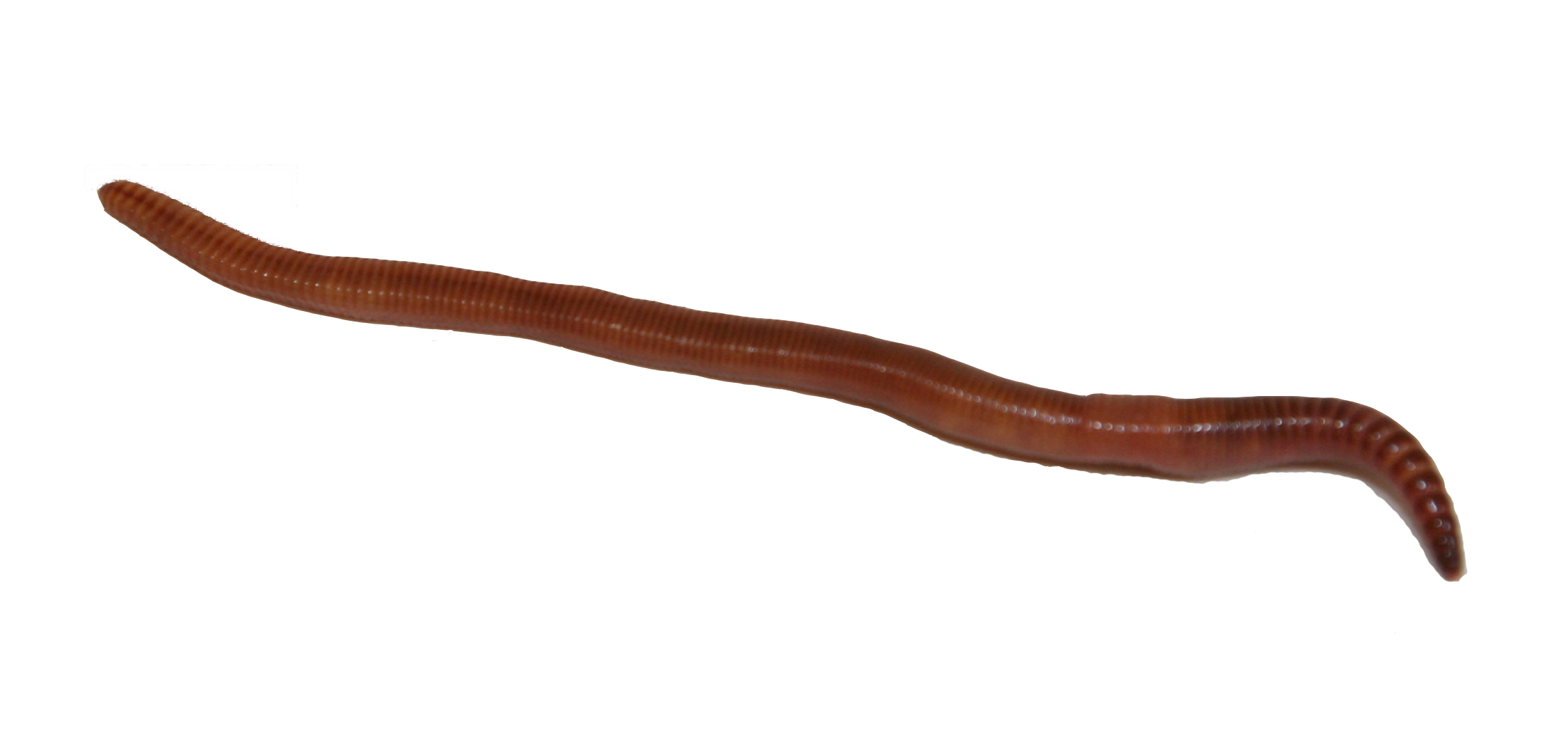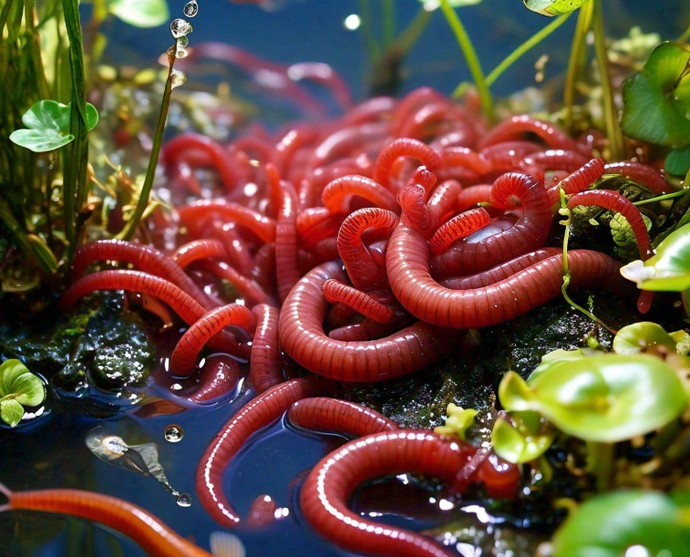Just How Red Wigglers Can Increase Your Organic Waste Recycling
Red wigglers stand for a crucial component in improving organic waste recycling, properly converting everyday kitchen scraps and yard debris right into valuable worm castings. Comprehending the details of developing a vermicomposting system and the optimal care for these worms can considerably amplify the advantages.

Advantages of Red Wigglers
Red wigglers, a type of composting earthworm, deal numerous advantages that make them indispensable in natural waste recycling. These worms can process kitchen area scraps, yard waste, and even paper products, transforming them into nutrient-rich spreadings.
Moreover, red wigglers boost soil aeration and water drainage via their tunneling activities, promoting a much healthier root atmosphere for plants. Their castings are abundant in helpful microorganisms and essential nutrients, fostering durable plant growth and improving dirt framework (red wigglers). Furthermore, making use of red wigglers in composting is an environmentally pleasant choice to chemical plant foods, which can have dangerous side results.
Furthermore, vermicomposting with red wigglers is a low-maintenance and reliable technique of reusing organic waste, making it obtainable for households and neighborhoods alike. Their fast reproduction rate makes sure a consistent supply for continuous composting efforts, further magnifying their benefits. Overall, red wigglers offer as an essential component in sustainable waste monitoring and soil improvement methods.
Establishing Up a Vermicomposting System
Producing an effective vermicomposting system calls for mindful planning and consideration of various factors that add to its success. The structure of a successful system begins with selecting a suitable container. Options vary from industrial containers to homemade options, however it is important that the container is well-ventilated and appropriately sized to suit the variety of red wigglers.
Next, the choice of bed linen product is vital. Suitable bedding includes shredded newspaper, cardboard, or coconut coir, which gives both an environment and a resource of carbon for the worms. The bedding must be dampened but not extremely damp to avoid anaerobic conditions.
Maintaining the ideal environment is necessary. Red wigglers grow in temperature levels between 55 ° F and 77 ° F(13 ° C to 25 ° C )and need a pH level around neutral. Keeping an eye on moisture levels is likewise essential, as also much dampness can lead to odor issues, while inadequate can dry the worms.
Finally, positioning the vermicomposting system in a shaded area shielded from straight sunshine will aid keep a secure environment. With these factors to consider in mind, one can successfully set up a prospering vermicomposting system that improves organic waste recycling.
What to Feed Red Wigglers
Feeding red wigglers the appropriate materials is fundamental to preserving a healthy and balanced vermicomposting system. These worms flourish on a varied diet plan largely composed of organic matter, that includes fruit and vegetable scraps, coffee premises, crushed eggshells, and shredded paper. It is important to prevent feeding them meat, dairy products, oily foods, or any refined items, as these can develop smells, draw in bugs, and result in an unhealthy environment.
A balanced diet for red wigglers promotes ideal food digestion and nutrient manufacturing. Goal for a mix of green materials, high in nitrogen, such as veggie peels and yard clippings, and brown materials, abundant in carbon, like dried leaves and cardboard. This equilibrium makes sure a lasting food resource while preserving dampness degrees in the worm bin.
Moreover, it is suggested to cut or shred larger scraps to speed up disintegration and make the food much more available to the worms. Frequently checking the consumption price will certainly assist determine the ideal amount to feed, avoiding overfeeding and maintaining a prospering ecosystem. By providing an appropriate diet regimen, you not only support the health of red wigglers however additionally enhance the performance of your vermicomposting initiatives.
Keeping Your Worm Container
To ensure the wellness and productivity of your vermicomposting system, preserving your worm container is important. If it ends up being also wet, excess dampness can lead to anaerobic problems, damaging your worms.
Temperature level is another essential element. Preferably, the worm bin must be kept in between 55 ° F and 77 ° F(13 ° C to 25 ° C) Severe temperatures can worry or eliminate your worms. To accomplish this, place your bin in a climate-controlled atmosphere away from direct sunlight or heat article resources.
Carefully transforming the bedding with a yard fork every few weeks will aid aerate the product and protect against compaction - red wigglers. If this takes place, lower feeding and add even more carbon-rich materials like shredded paper or cardboard.
(red wiggler farming)
Using Worm Spreadings in Horticulture

Worm spreadings, frequently described as "black gold" by garden enthusiasts, are a highly nourishing natural fertilizer that can significantly improve soil health and plant growth. These spreadings are generated by red wigglers as they absorb organic issue, leading to an abundant, dark, crunchy compound including beneficial microbes.
Including worm spreadings into yard soil enhances its structure, aeration, and wetness retention, producing an optimal environment for origin development. The high nutrient web content of worm castings, including nitrogen, phosphorus, and potassium, adds to strenuous plant development and boosted returns. Furthermore, worm spreadings have crucial trace element and enzymes that advertise the overall health and wellness of plants, enabling them to much better endure pests and illness.
Worm spreadings can be used straight to the soil or mixed right into potting mixes for container gardening. A slim layer spread over yard beds or included in compost heap can additionally enhance the microbial task and nutrient account of the compost. As a sustainable and green fertilizer alternative, worm castings sustain natural horticulture practices while decreasing dependence on artificial fertilizers, therefore fostering a much healthier environment.
Final Thought
To conclude, the integration of red wigglers right into natural waste recycling practices offers a sensible solution for enhancing soil health and promoting sustainable horticulture methods. By successfully decaying kitchen area scraps and yard waste, red wigglers add to nutrient-rich worm castings that boost soil oygenation and moisture retention. This eco-friendly technique not just reduces landfill contributions yet also reduces the dependancy on chemical plant foods, eventually cultivating healthier communities and accountable waste management techniques.